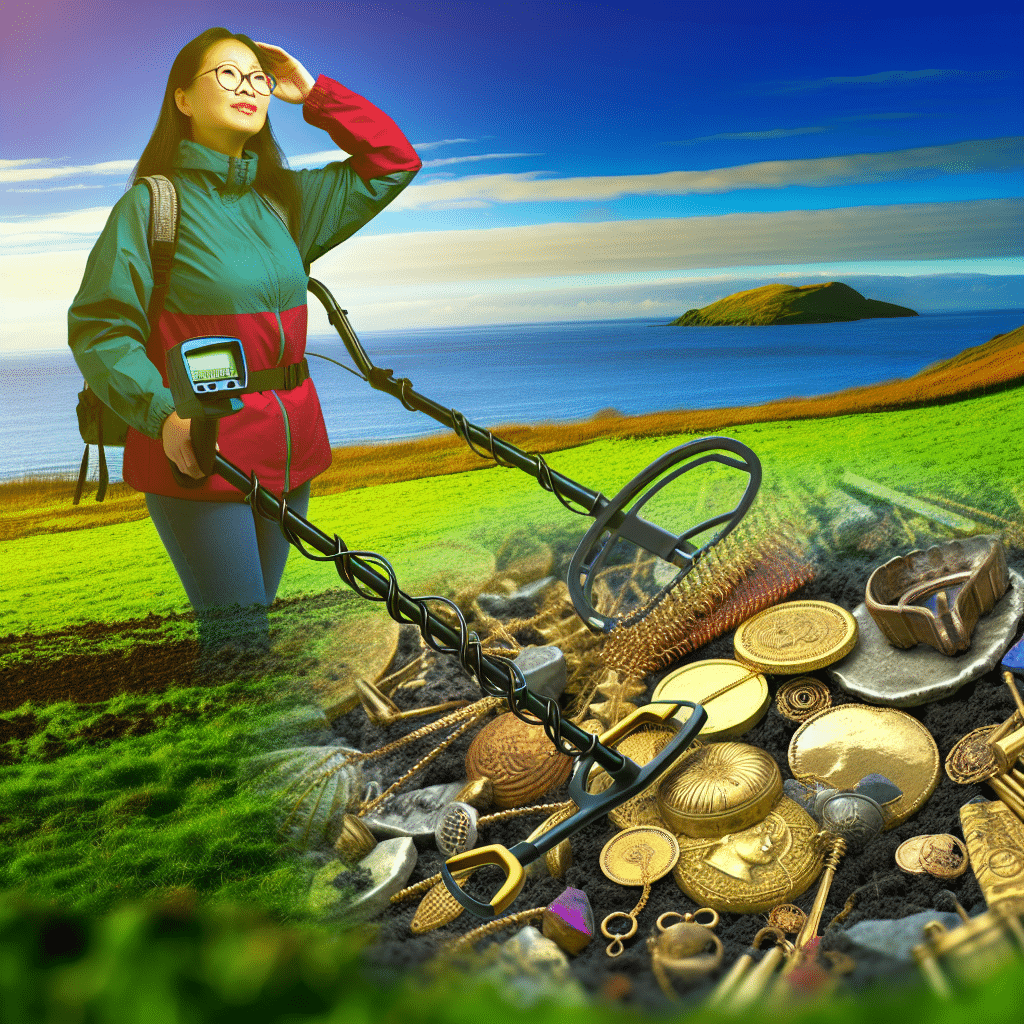Metal detecting is an exhilarating hobby that combines elements of adventure, history, and the allure of hidden treasures. The thrill of unearthing a buried artifact can be immensely satisfying, but the real challenge often lies in identifying your metal detecting finds. What exactly did you uncover? Is it a relic of significant historical value, or just a piece of modern scrap? In this comprehensive guide, we will delve into various methods and tools that can help you solve these intriguing mysteries.
Why is Identifying Metal Detecting Finds Important?
Before diving into the how-to’s, it’s important to understand why identifying your finds is essential. Proper identification can:
Preserve History
Each artifact holds a piece of history. Misidentifying or neglecting to identify a find can result in losing valuable historical information.
Legal and Ethical Considerations
Certain items, particularly those of archaeological significance, may need to be reported to local authorities. Proper identification ensures compliance with relevant laws and ethical guidelines.
Monetary Value
Accurate identification can reveal an object’s true worth, turning a seemingly mundane item into a valuable collectible.
Tools and Resources for Identifying Metal Detecting Finds
Several tools and resources can assist you in identifying your metal detecting finds effectively.
Reference Books
A well-stocked library of reference books can be invaluable. Titles such as “Coinage of the United States” or “Identifying Civil War Relics” provide detailed images and descriptions that can be matched with your finds.
Online Databases
Websites like the Portable Antiquities Scheme (PAS) database or the United States Mint offer extensive resources for identifying coins and other artifacts.
Metal Detecting Communities
Online forums and local clubs can offer collective wisdom. Experienced members are often happy to help identify finds, and you may benefit from their years of experience.
Apps and Software
Various apps are designed specifically for metal detecting enthusiasts. These apps often feature databases and image recognition tools that can aid in identification.
Methods for Identifying Metal Detecting Finds
Now, let’s explore different methods you can use to identify your metal detecting finds.
Visual Inspection
Carefully examine the item for distinctive markings, shapes, and materials. Common indicators include engravings, inscriptions, and unique design elements.
Use of Magnification
Tools such as magnifying glasses or digital microscopes can help identify minute details that are not visible to the naked eye.
Consulting Experts
If you have an item that is particularly challenging to identify, consulting an expert in archaeology or a specialized field (e.g., numismatics for coins) can provide invaluable insights.
Scientific Analysis
In some cases, advanced methods like X-ray fluorescence (XRF) or carbon dating may be necessary to determine the composition and age of a find.
Commonly Found Items and How to Identify Them
Here are some commonly found items and tips on how to identify them.
Coins
Coins can be one of the most exciting finds. Look for date marks, mint marks, and inscriptions. Use coin guides and online databases to match features.
Jewelry
Check for hallmarks and maker’s marks. The material and style can often give clues about the item’s age and origin.
Military Artifacts
Badges, buttons, and bullets can often be traced back to specific conflicts or military units. Use specialized references and consult experts in military history.
Household Items
Antique keys, cutlery, and tools can often be dated by their design and material. Reference books on historical everyday items can be helpful.
Challenges in Identifying Metal Detecting Finds
While identifying metal detecting finds can be rewarding, it is not without its challenges.
Corrosion and Wear
Over time, items can corrode or wear down, making identification difficult. Cleaning the item gently with appropriate tools may reveal hidden details.
Lack of Context
An item found without any contextual evidence can be hard to place historically. Try to document the exact location and depth at which each find was made to aid in identification.
Misleading Appearances
Some modern items can mimic ancient artifacts and vice versa. Be cautious and use multiple sources for verification.
Conclusion
Identifying metal detecting finds is an art and a science that requires patience, keen observation, and the right resources. The process not only enriches your understanding of history but also adds layers of meaning and value to your discoveries. Armed with the tips and tools provided in this guide, you’re now better equipped to unravel the mysteries buried beneath your feet. Happy hunting!




